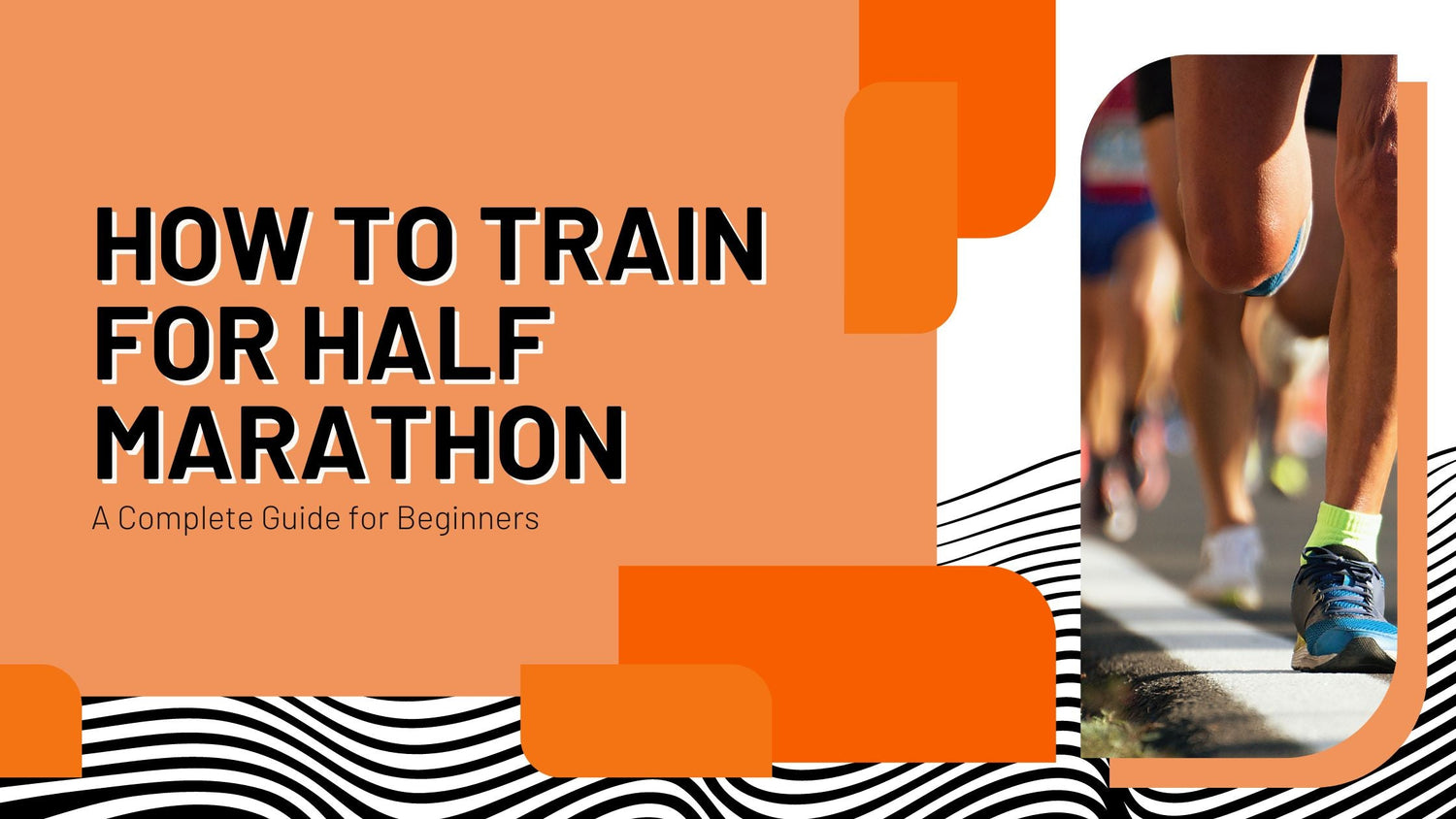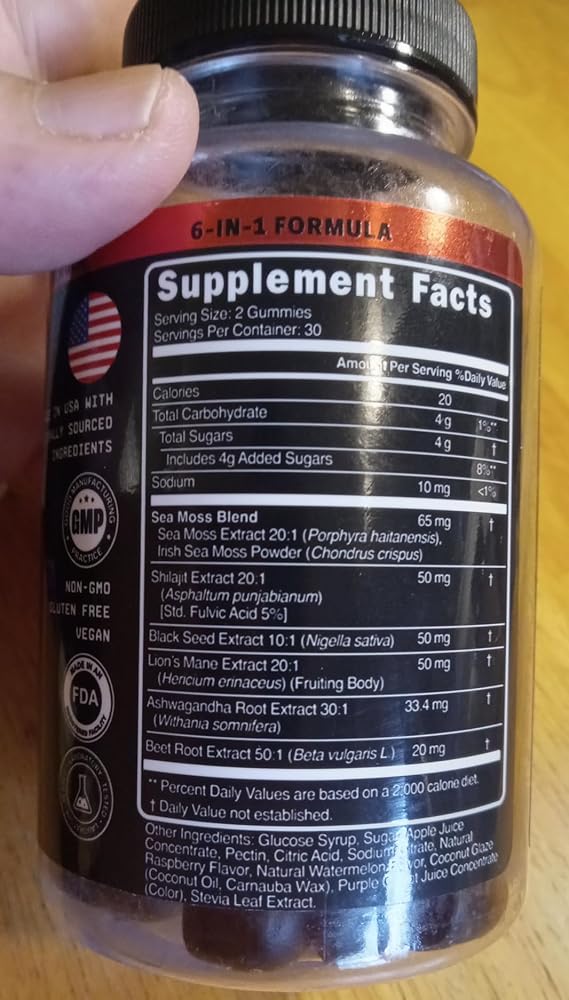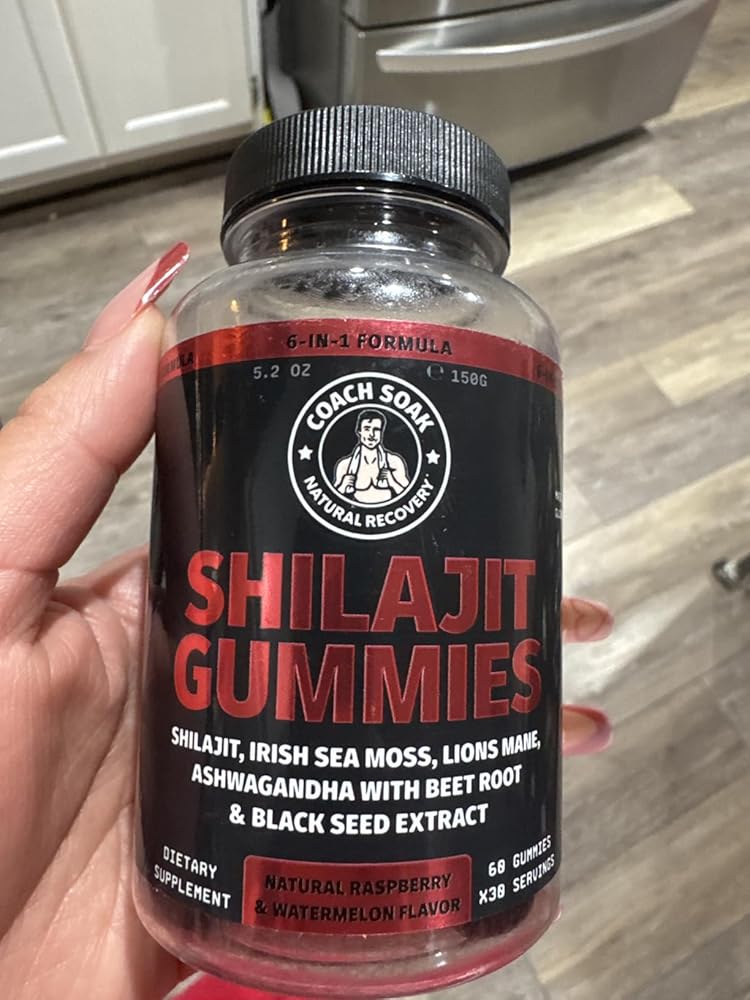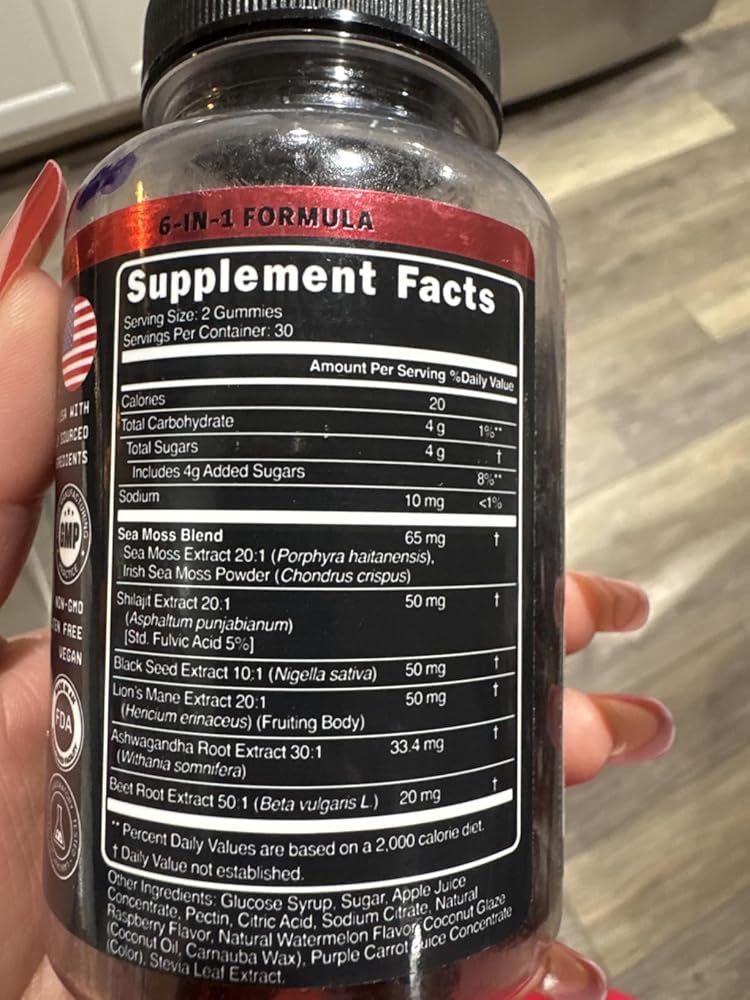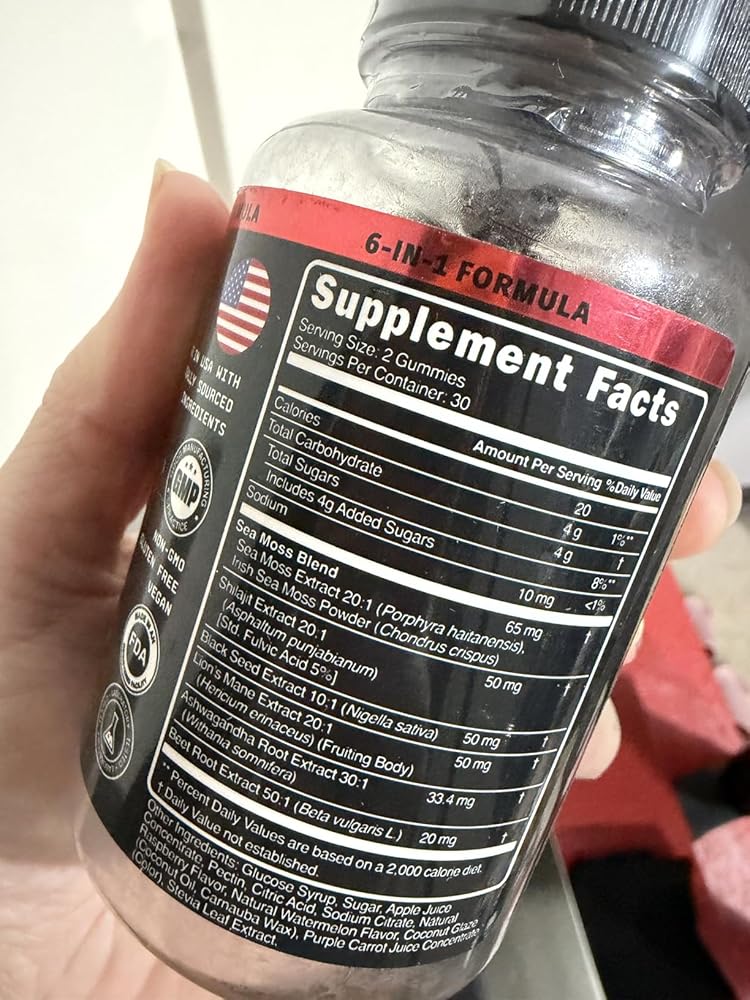Taking a decision to start training for a half marathon as a beginner can be a huge step. If you are a complete first timer, then congratulations for taking up this challenging milestone!
However with the right guidance and structure you can easily ace your first ever half marathon!
To start with the plan you must be an active runner and can cover some decent miles. If you are not a runner at all then you might want to start building the habit of running at least two months prior to intense marathon training.
There are many half running marathon guides for beginners that you can start your run structure with. However, for a beginner taking up his/her first ever half marathon, the following guide can be good enough to get you started on your first ever half marathon training.
Understanding What you are Up Against
The very first thing on a half marathon training plan is to be well aware of what you are up against. This calls for at least having some degree of knowledge on marathons. What pace you are looking at, and what are the other different things needed to help you get through your marathon journey.
Reaching a certain finish time is important but also knowing that you will be looking at your pace, running at different speeds and having to maintain a good fitness is a very important outlook for your half marathon beginner training plan.
One way of planning the half marathon is to break down all these elements into doable chunks. Start off with a breakdown of different scales. How long can you run for right now? What should an easy run feel like to you?
At what point do you become breathless? Does switching up speeds make things easier for you. Keep these questions in check to see if you are planning on beginning your training as a beginner.
Switching Between Speeds
Having to switch between speeds calls for having to create a certain pace. And of course when it comes to half marathons then one with the fastest speed tolerance has a higher chance of acing the race. So what should you do about it? It's quite simple. To get fast, you need to run fast. Even if you have good stamina and a good pace. You have to assign some speed days for your marathon training.
Having to switch between speeds even when you are running a half marathon is important. When you raise the bar for your speed you automatically set yourself for better stamina. Speed runs can be very tough on you in the first few weeks but with time they become your blessing in disguise once you are fully trained for the marathon.
Mixing Different Trainings
If you are planning how to train for the best half marathon as a beginner, you must have heard about mixing different training sessions. And one of the best ones that is often recommended by the experts is hill running. The stamina that comes with mixing different forms of training is important. The hill running allows all the tension buildup in your muscles that can eventually adapt to such form of running. Hill work is also good for you as it is not only a good idea to train yourself with a hilly patch, it also boosts the stamina and extends your stamina for a longer period of time.
The mixing of different speeds is another great way of adapting to the stress that builds up for muscle development. One of the best tips for mixing up the training is to start with a cooling down and a warming-up period.
You can take a 10 minute cool down and a 10 minute warm period as you build your pace in your half marathon training. Tempo runs are also another great way of running faster without having to put much effort in. If you actively incorporate timely tempo runs, you will be able to find a sweet spot between running short distances and having to go for long fast runs without putting in a lot of hard work.
Starting with Slow Easy Runs
Easy runs are super important after you have gone through the stress inducing speed runs. Small speed runs help with breaking down the lactic acid buildup, help with the swelling and promote healthy swelling and healing. With easy runs you can also increase your time frame for having enough stamina for longer runs.
Going for easy slow runs can help you achieve more miles than going for a speed run. If you are a total beginner with no stamina for long runs, you should start with slow easy runs. Start with very small chunks of going for a 2 minute fast run and then following up with 5-7 minute of slow run. Keep up this pace for a couple of weeks before switching to longer minute runs.
Strength Training
Getting to run faster or better does not come with run trails and speed run training. Most of the time as a beginner it has to come with other forms of exercises and training. Something that escalates your level of efficiency without a doubt is strength training.
Core exercises always help you have more stamina without you even knowing about it. These exercises can be especially mixed and matched with your training to help you with your aerobic capacity. Building muscles becomes more crucial when you are going for a long run.
Taking Active Rest Days
Your body can also gain as much strength as you allow it to rest. Giving a full day of break for your body will help the muscles to cool down, heal themselves and build better stamina. One of the best practices for helping in muscle recovery is opting for a salt soak bath with active magnesium chloride for a powerful relaxing and healing experience. All the toxins that buildup in our muscle are released leaving your body for a refreshed take of muscle development.
Half Marathon Training Schedule for Beginners
|
Days |
Training Plan for Marathon Beginners |
|
Mondays |
Usually in most places people start with Mondays. However we recommend keeping Mondays as a recovery and rest day. Indulge in a bath soak or any other relaxing activity that will boost muscle recovery and help with injury prevention efforts. |
|
Tuesdays |
After an extensive deep warm up, start with moderate pace running. Keep a designated mileage as your first day goal, and switch between different speeds to achieve your set goal. |
|
Wednesdays |
Follow the same instructions as per Tuesday. This is to ensure that your stamina and pace gradually build up. |
|
Thursdays |
Keep Thursdays for cross training. Make sure your training is being done at a moderated pace for overall body stamina. |
|
Fridays |
Fridays should be a mix of cross training and strength training. It is important to build your muscles as it will surely help you with creating more stamina for your final marathon run. You can also alternate this with a rest day if you are feeling any muscle aches. |
|
Saturdays |
Start your Saturdays with a set mileage with a slow long distance run. Take your time to create a conversational pace. Make sure your breathing is taking you the right direction. These slow runs are supposed to make you breathe easily while talking in small complete sentences and conversations, during your whole complete run. |
|
Sundays |
Keep a very light plan for this particular day. Help loosen up your muscles a bit through taking active massages, full body soaks. You can use this day for gentle stretching. |
Things you Should Consider while Training for a Half Marathon!
Keep in mind that the earlier you start with your training the better it will be for your stamina building. Keep monitoring your speed limit, your miles and how easily you switch speeds while maintaining your breaths. If you are still struggling with breathing problems, then you should take up breathing activities to help you with maintaining a steady breath during the run period.
Staying light on your feet on the final big day while making the best out of your experience is the right key to your half marathon success!


